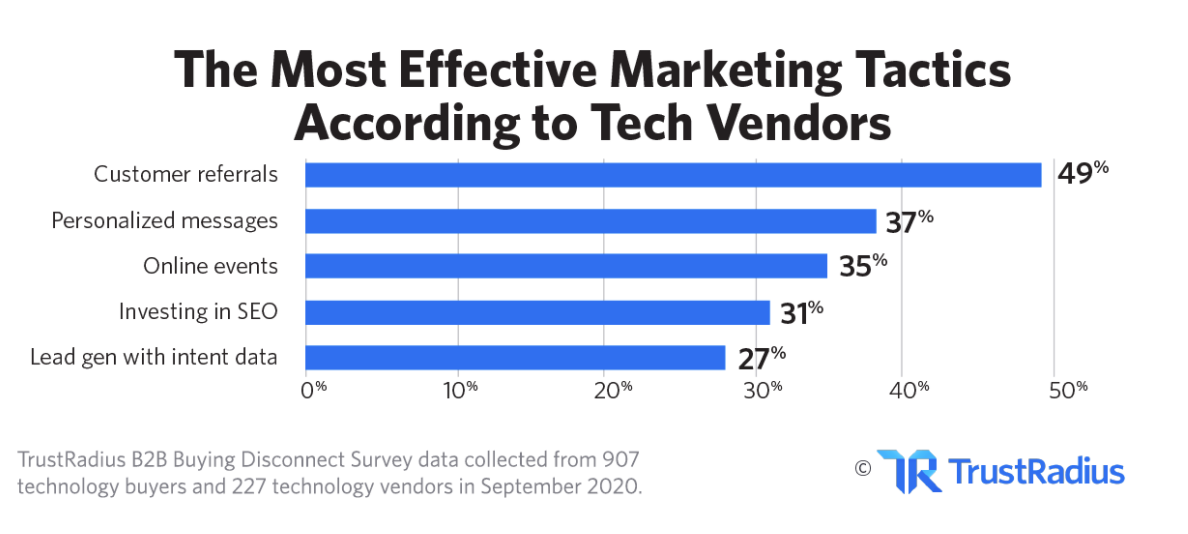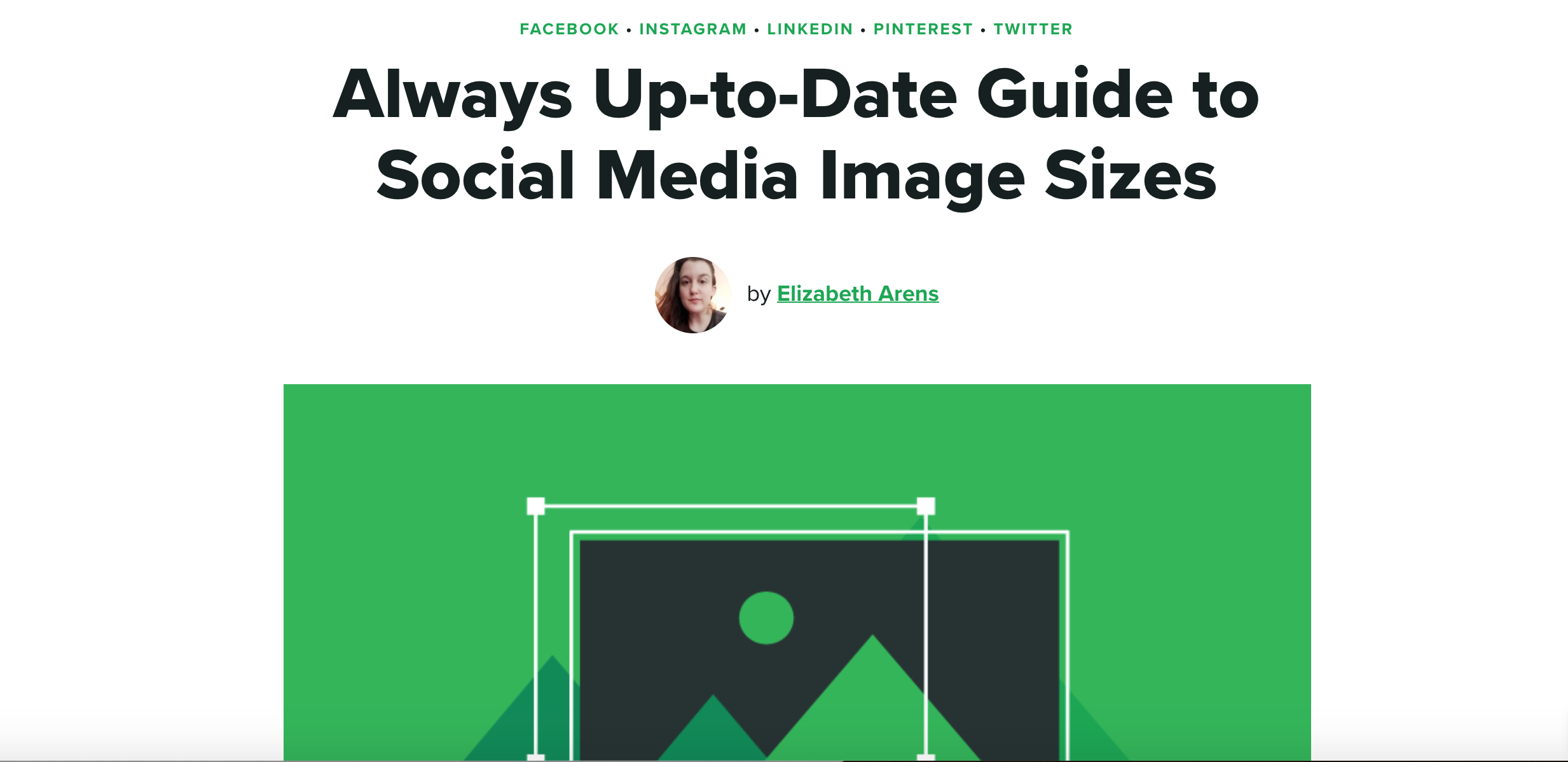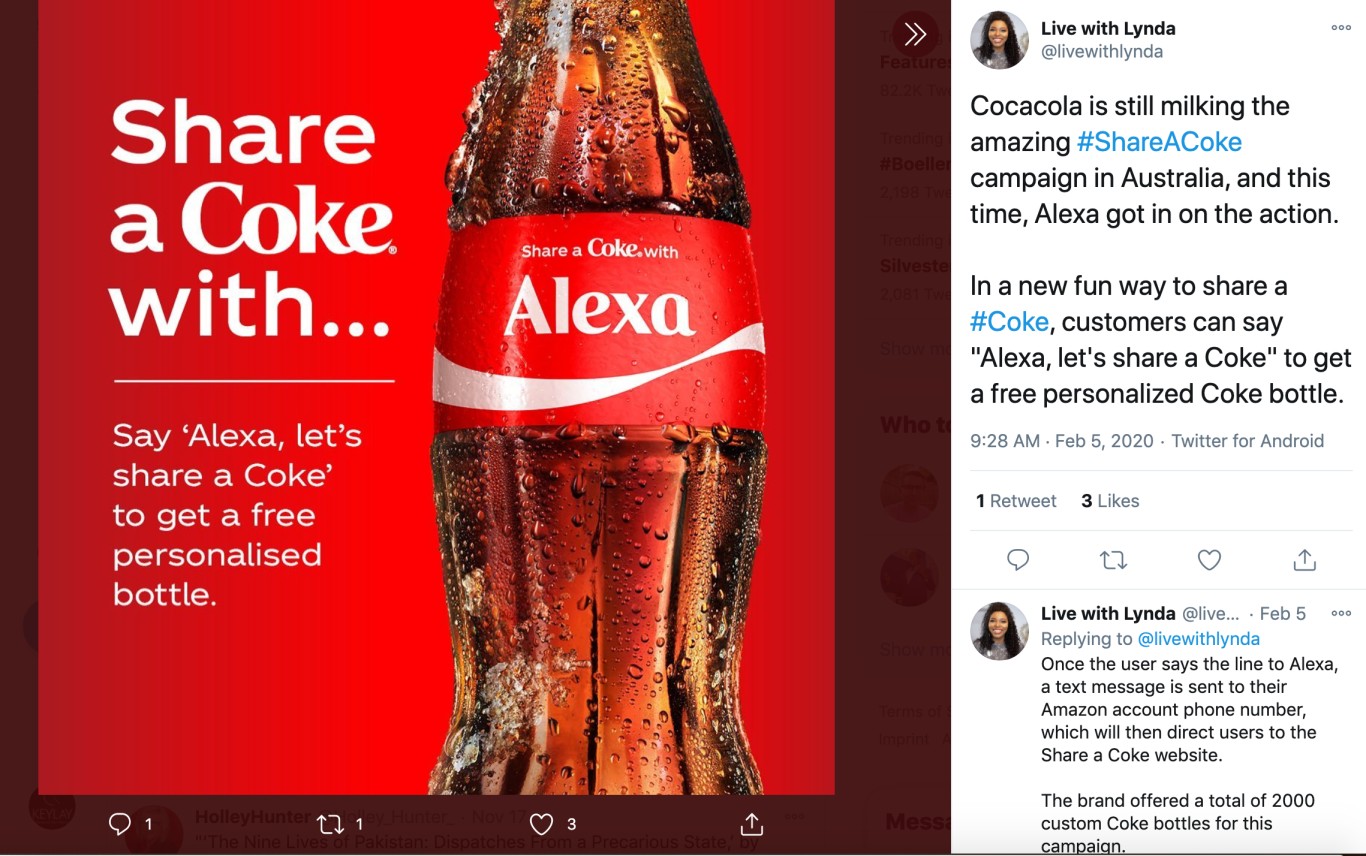Anyone from business owners to marketers and sales teams understands that B2B buyers want—and expect—more. Better products. Better service. And, of course, a better product marketing strategy.
Today, this group skews younger than in previous years, and they have high expectations for brands before they make a purchase.
We like to pay attention to trends that can improve our client’s relationships with their customers.
As businesses continue the uphill climb towards meeting buyers’ expectations, these product marketing stats will help give a sense of what they want from brands.
Buyers Want More Sources of Information
On average, B2B buyers reference around six sources of information before making a purchase. They want to access it no matter where they are online, which is especially true for younger customers.
Millennials and Generation Zer’s, aged 20-39, are more likely to discover new products via an online search. On the flip side, those in the baby boomer generation find the same products based on previous experiences and more traditional methods, like word of mouth.

The Content Marketing Institute surveyed B2B marketers and the tactics to reach their buyers.
The top marketing tactics included:
– Social Media Content – 95%
– Blog Post/Short Articles – 89%
– Email Newsletters – 81%
– In-person Events – 73%
– Videos (excluding livestreams) – 71%
– Case Studies – 61%
– Infographics – 67%
– Webinars/Online Events – 57%
– White Papers – 55%
– eBooks/Guides – 51%
There’s also overlap with Trust Radius’ separate survey conducted. They collected data specifically from B2B technology buyers about which tactics resonated with them.

The marketing tactics that actually work included in-person events, user reviews, and personalized content.
With 49% of people relying on customer referrals and personalized messaging, this gives marketers new opportunities to adjust their efforts using a variety of content in their product marketing strategies.
For instance, businesses can transform their current content into new pieces of media.
Case studies could become video testimonials.
Or it might make more sense to create an email marketing or video series focusing on customer product questions.
The graphic below from Trust Radius’s survey shows how the tactics marketers use are not necessarily the ones buyers respond to. Product demos and the product sites themselves are the only tactics that overlap.
Buyers Want Time Alone to Consider a Purchase
Outdated, high-pressure sales tactics no longer work—if they ever did—for B2B buyers. According to Trust Radius, over 80% of customers prefer to serve themselves during some or all of their buying experience.
They want the space to process all of the benefits and features of a product on their own time. If they’re going to speak with someone directly, they’ll schedule a call or product demo.
Buyers are More Responsive to Personalization
“Shoppers expect brands to remember who they are, whether they’re on a digital channel or in-store. However, very few companies can actually deliver on these tailored experiences,” – Peter Reinhardt, co-founder, CEO, Segment
Whether it’s a subject line that hits a specific pain point or a discount sent at what feels like exactly the right time, buyers want to have the Cheers experience.
Brands need to know their name and what they like.
According to Hubspot, personalization is the primary tool used by successful marketers to improve conversion rates.
It’s what helps them differentiate themselves from those who still rely on a scattershot method to blanket leads with a one-size-fits-all marketing message.
Pushier product marketing tactics such as cold calling and especially non-personalized outreach will not work if the goal is—and it should be—to increase sales.
But it doesn’t end there.
Once a buyer interacts with a brand, they expect companies to deliver relevant offers to them shortly after this initial contact takes place. Otherwise, they might take their business elsewhere.
Conclusion
More and more B2B buyers want a hand’s off experience when it comes to evaluating products. They want a personalized experience, and businesses can meet this need by giving prospective customers the freedom to learn about their offerings without feeling pressured.




